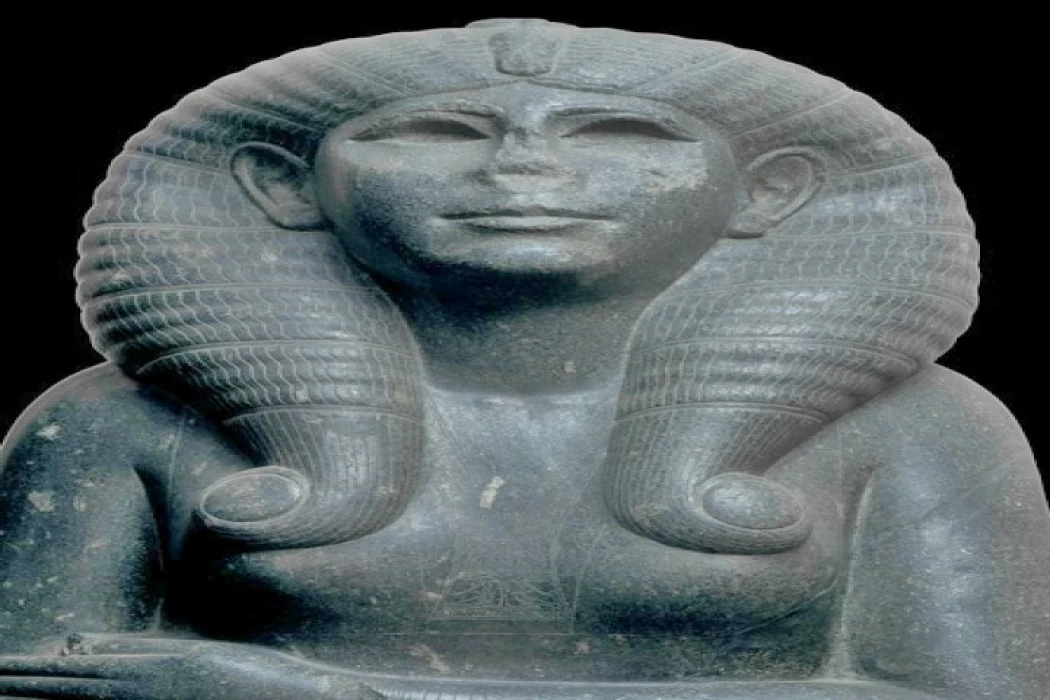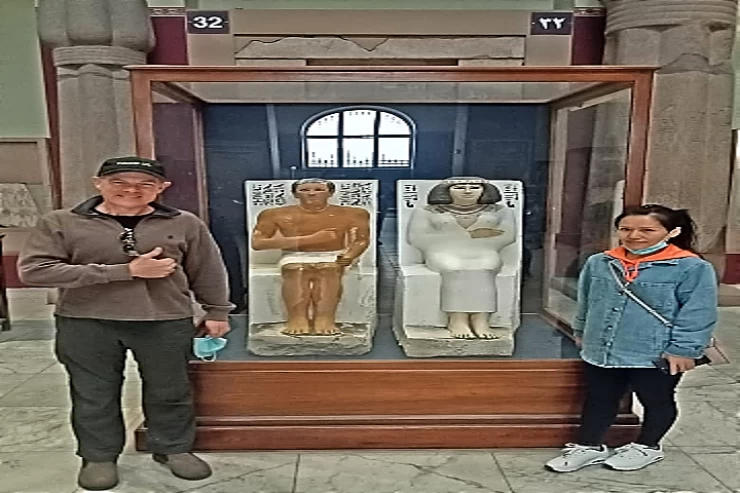
King Senusret II | 12th Dynasty Middle Kingdom
The Pharaoh of Egypt's Twelfth Dynasty
After Amenemhat II, his son, Senwosret II, also known as Kha Khabar Ra, took the throne after he shared the throne with him for about seven years. Maniton mentioned that he was one of the tallest kings who sat on the king's throne, according to Maniton, quoting Eusebius, his height was four cubits, three inches and two fingers; about six feet tall, according to Maniton. His reign was short; he did not stay on the throne for more than nineteen years, including the seven years he shared the throne with his father.
It seems that he was not fond of wars, and it is possible that Nubia began to slip out of his hands somewhat, and the kings who preceded him had penetrated with their armies to the third waterfall and made it an Egyptian territory, but the evidence of the situation indicates that during the joint rule of “Amenemhat II” with his son; the influence of the Egyptians began to decrease until the Nubian tribes threatened the Egyptian country itself with invasion.
We have found some inscriptions that may have indicated this from afar. In Al-Kab, I found a tablet dated in the forty-fourth year of the reign of Amenemhat III to his grandfather “Senwosret II” in which he says “His Majesty ordered the construction of a siege within the wall of the late “Seshmutawi”.” This name is the ‘Hori’ title of Pharaoh Senwosret II, and it is difficult to know why Senwosret built a wall in this place about 80 kilometers north of the first waterfall, at a time when the country was very calm and peaceful and the union.
He left us an inscription on a rock in Aswan with the names of Amenemhat II, the lover of the goddess Satet of Elephantine, and Senwosret II, the lover of Khnum, the goddess of the waterfall region.
Senwosret II married a woman whose fame exceeded her beauty, if her statue found in Tanis is a true image of her, and the inscriptions on the statue's throne are: hereditary princess, great concubine, highly praised, royal wife, ruler of women, and the king's daughter from his body, “Nefert” (meaning her name means “beautiful” and may have been named in order to cover her ugly appearance), from this we know that the queen herself had the right to rule the king.
From this we know that the queen herself had the right to rule the king, and this is explained by the unusual title “ruler of women” that she was given, and this pharaoh adopted a strange custom in its door in our eyes, although it was normal and normal for the royal family.















